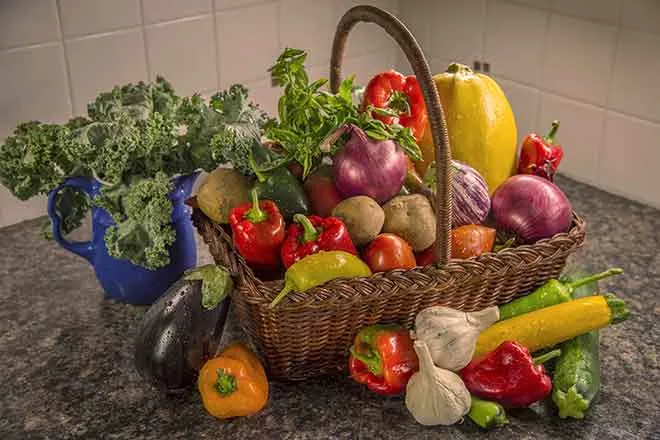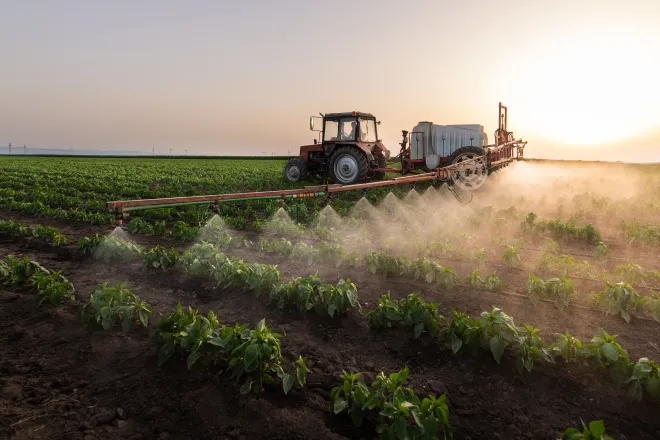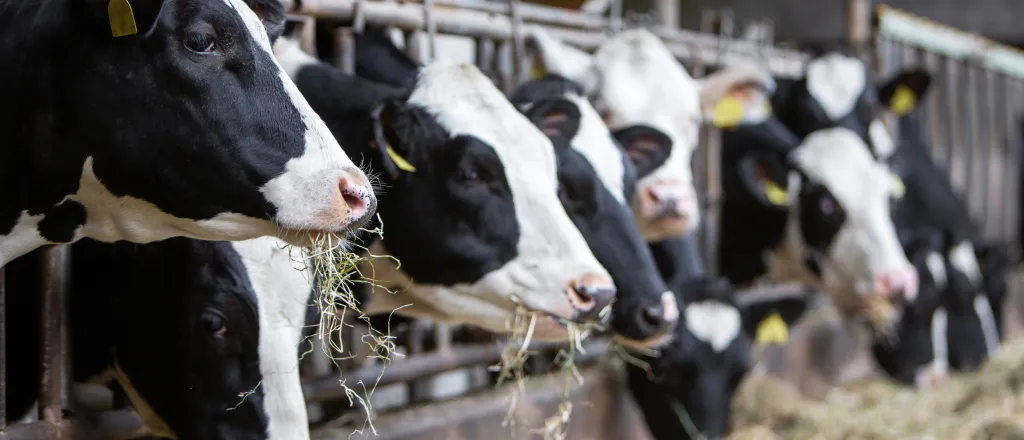
Rural residents more likely to consider raw milk to be safe
© ahavelaar - iStock-1501815024
Click play to listen to an abbreviated version of this article.
(Wisconsin News Connection) Rural residents are less likely to be worried about the health risks of drinking unpasteurized milk, but they are just as likely as other Americans to understand the effectiveness of pasteurization to kill germs without changing milk’s taste or nutritional value.
A public opinion survey conducted by the University of Pennsylvania’s Annenberg Public Policy Center found that only a third of rural respondents thought raw milk was less safe to drink than pasteurized milk. Of urban respondents, about half said raw milk is less safe. The difference between urban and rural respondents was significant when researchers controlled for other factors such as age and education.
But the study found there was no statistical difference between rural and urban respondents’ knowledge that pasteurization eliminates milk-borne bacteria and viruses without affecting taste or nutrition.
“We did find that people living in rural areas thought that raw milk was safer overall than people living in the suburbs or in urban environments,” said Shawn Patterson Jr., a research analyst with the public policy center in a Daily Yonder interview.
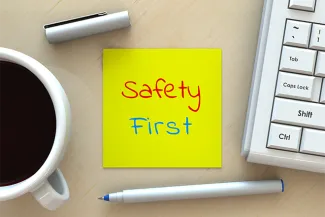
© iStock.com krung99
Patterson said the center will conduct more research to see if they can pin down the cause of the different attitudes toward pasteurization.
One possibility is that rural people understand the process of pasteurization but think raw milk is safer because they are more aware of managing livestock and milk production, he said. Or they might feel more confident about raw milk because they are closer to the milk source or raise the milk-producing animals themselves.
Patterson said he was not aware of studies that confirmed that consumers could mitigate the risks associated with drinking raw milk if they were more aware of where it came from. “But what we do know is that [raw milk] is still significantly less safe than pasteurized milk.”
A 2017 study found that unpasteurized milk was responsible for nearly all reported illnesses and hospitalizations linked to milk-borne infections. While under 4 percent of the U.S. drinks raw milk and under 2 percent eats cheese made with raw milk, those consumers experienced 96 percent of the illnesses caused by contaminated milk, the study showed.
Bird Flu and Raw Milk
While reported milk-related illnesses are low compared to other diseases (an average of 760 reported illnesses a year and 22 hospitalizations, the 2017 study said), milk safety has been in the news since an outbreak of bird flu H5N1 was reported in U.S. dairy cattle earlier this year.
Infected cows can shed H5N1 into their milk, the CDC reported, and mice that consumed infected milk showed signs of developing the flu. This has led to fear that raw milk from infected cows could transmit H5N1 flu to humans.
Currently, this influenza is not transmittable between humans. Out of 14 reported cases of H5N1 flu in humans this year, four were among dairy workers and nine were among poultry workers.
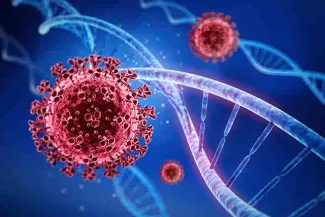
© iStock - peterschreiber
The Food and Drug Administration prohibits the inter-state sale of unpasteurized milk. States make their own rules for milk that doesn’t cross state lines.
Pasteurization has been the norm for a century. But Patterson said there has been an uptick in demand for unpasteurized milk in recent years. He said that social media could be one reason and that future research would test that hypothesis.
Beth Ann Mayer in Healthline reported in June that profit motives from social media producers are part of the push for raw milk.
Unpasteurized milk can transmit pathogens such as listeria, campylobacter, salmonella, and E. coli. People who are pregnant or have weakened immune systems are especially vulnerable to such infections, according to the FDA.
Mainstream scientists have found no evidence that pasteurization alters the nutritional value of milk, but myths persist that it does, Patterson said.
“Pasteurization doesn’t change the nutritional value of milk; it doesn’t significantly change the taste of milk,” he said. “And so the risks really don’t outweigh any of the benefits.”
Other key findings in the public opinion poll on the safety of raw milk were the following:
- People over 65 were more likely than other age groups to think raw milk was less safe than pasteurized milk.
- Awareness of the health risks associated with unpasteurized milk increased as education levels increased.
- Men were more likely than women to think raw milk was less safe than pasteurized milk.
- Democrats were more likely than Republicans or independents to think raw milk was less safe.
- White, non-Hispanics were more likely than Hispanics or Blacks to think raw was less safe.
The poll was conducted in June 2024 using the SRSS Opinion Panel. Rural was defined as respondents who lived in a nonmetropolitan county, based on the Office of Management and Budget Metropolitan Statistical Area system.
Tim Marema wrote this article for The Daily Yonder.






